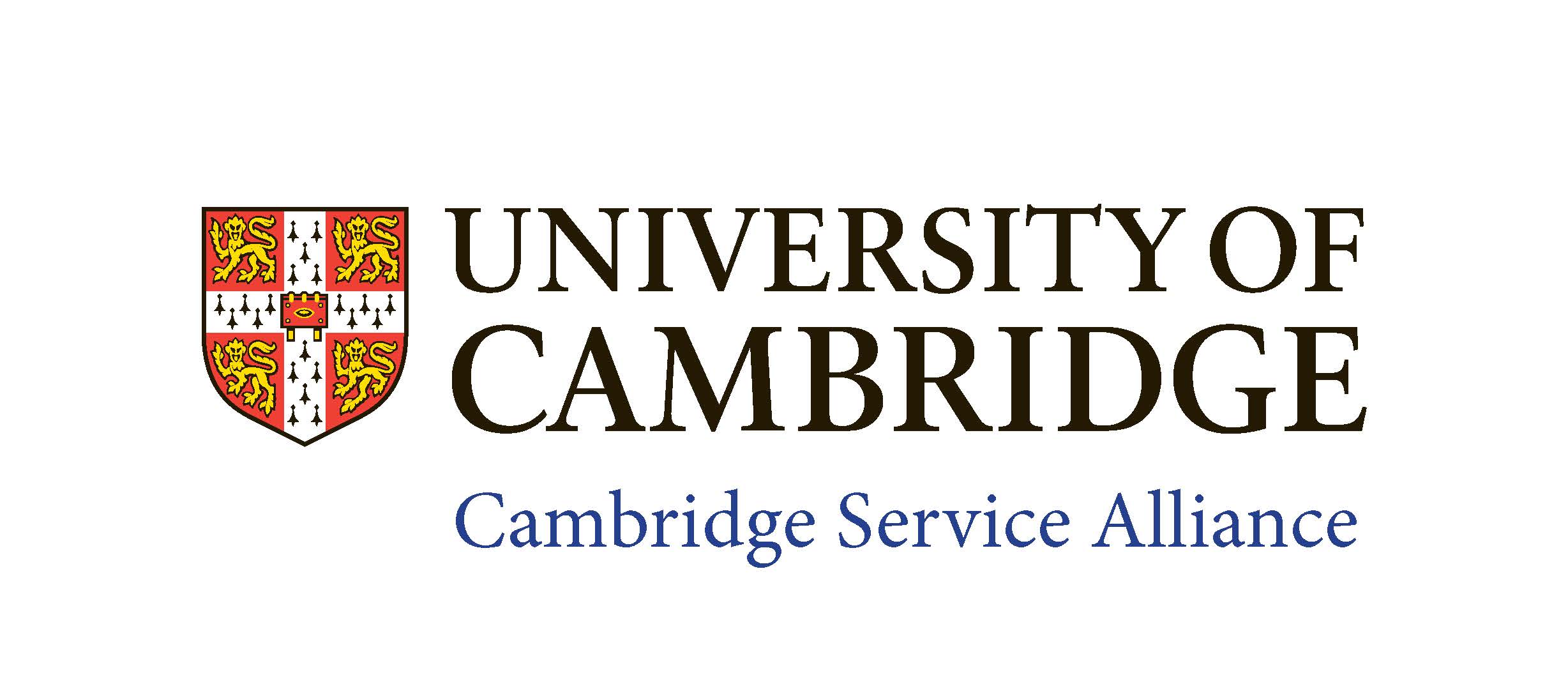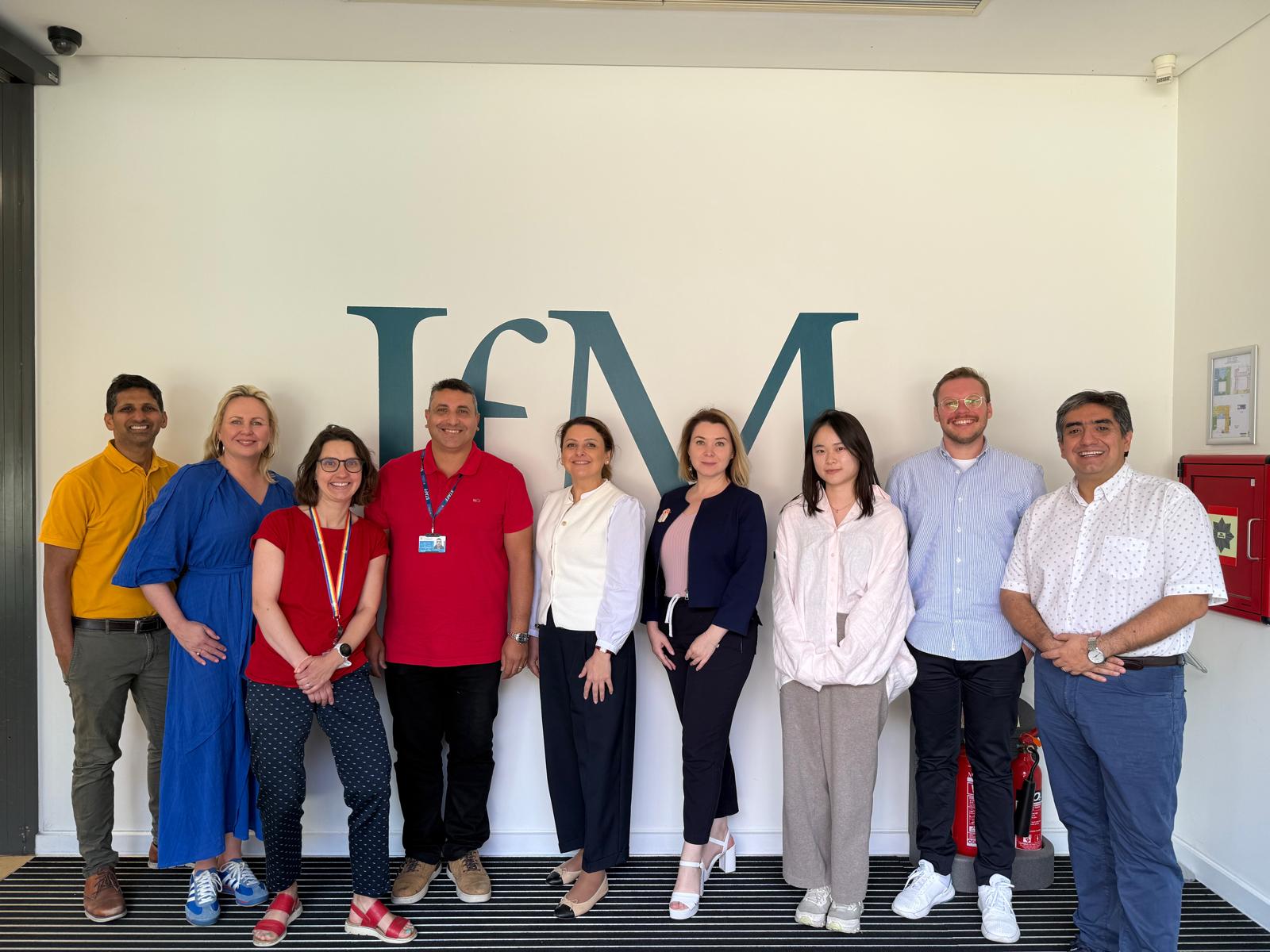
Why did some healthcare providers perform better than others when responding to the challenges of COVID-19?
In recent years, we have experienced, amongst other things, a global pandemic, an increasing number of climate-related disasters and a war in Ukraine. How can service providers remain resilient in the face of shocks such as these?
This was the research question we set ourselves, to help us understand what makes some services better at adapting to new circumstances than others and what lessons can be learnt for practitioners charged with sustaining service provision in uncertain times.
A defining characteristic of service provision is that it takes place within an ecosystem in which different partners come together with each other and with their customers to create value for everyone involved. This reliance on cooperation between different people and organisations is put under strain when events take a challenging turn.
To drill down into some of the underlying issues, we carried out research with five primary healthcare providers in an OECD country. COVID has tested organisations such as these to the limit, not only in terms of resources but also in navigating the - in some cases - abrupt introduction of technology into the relationship between patient and clinician at a time when the delivery of multi-agent patient care was challenged by remote working.
What makes a resilient service ecosystem?
Our study led us to identify three foundational pillars of a successful service ecosystem: the participants should share a similar world-view, experience a sense of well-being from their role in the ecosystem and engage in effective interactions with each other.
If these ecosystems are able to change how they do things in response to external shocks, they need people who can orchestrate change across an often complex network, high levels of individual effort and participation from all involved and a human-centric approach to inserting new digital technologies into pre-existing relationships.
A shared world-view
In this clinical setting, having a shared world-view was found to be pivotal to resilience. While all our interviewees shared an overarching ambition to provide the best possible care for their patients, there were differences in opinion as to how best to achieve that. In order to maintain their financial viability, clinics need a steady throughput of patients. In some cases, this resulted in some practitioners putting more emphasis on the number of patients that could be treated than on the quality of care provided. This could spill over into tensions between patients being “… given adequate consultation time” versus providing more ‘holistic care’. When COVID struck, these trade-offs between volume and value were made more acute. Where we found different views expressed within the same ecosystem, the ability to adapt was compromised.
Individual well-being
Another key factor in building resilience in times of stress is the wellbeing of individuals, ensuring that they find their roles enjoyable and fulfilling. With the additional pressures placed on healthcare staff by the pandemic, those who were not satisfied with their role in ‘normal’ times were less able to cope with the extra challenges they had to face.
Teamwork
Being able to interact effectively with the different people and organisations who collectively deliver a service is key. When multiple people work together across different areas, the relationships between them become less transactional and more about participation. This kind of collaboration, built upon shared decision-making and active involvement, has been shown to help systems become more capable of adapting to change when required. It also helps to promote individual well-being and a shared world view.
We found that those clinics with a strong team orientation were more able to cope with the challenges presented by COVID: “I think it makes all the difference having a great group of people working in the clinic … we get it done. But I think there is a lot of burnout within the team. Because it [COVID-19] has gone on for such a long time. I mean we always get through it, but I think everyone is a bit tired.”
Good communications both within teams and across teams is important and this was another aspect of service delivery disrupted by COVID. With non-clinical staff and support teams often working remotely, it became more of a challenge to sustain the high levels of interaction and co-operation needed.
How can service providers improve their resilience?
Based on our research with these clinics, we identified four ‘levers’ that can help organisations respond to shocks in a flexible but stable manner.
- Appoint an orchestrator who is actively driving the involvement of all the different participants in the ecosystem and developing new processes to integrate activities and resources. In the clinics we studied, this could be a formal or informal role but was often the practice manager. As well as supporting systems integration, they also act as ‘social glue’. As one interviewee observed: “She is, I guess, Switzerland. She is the negotiator and the coordinator between doctors, nurses and admin.”
- Support individuals’ efforts to collaborate. If service ecosystems are to adapt, individuals need to do more than simply carry out their own roles but to ‘go the extra mile’ when times get tough. We saw an increased willingness to do this where staff already had high levels of wellbeing.
- Ensure there is diversity in the decision-making process, representing different functions, levels of seniority, perspectives and personality types.
- Integrate technology carefully, maintaining a ‘human’ component. COVID-19 accelerated the adoption of digital technologies to deliver ‘telehealth’ and a move to communicating more by email or text. This became a source of tension both within the teams who felt distanced (“you didn’t know what was going on”) and between clinics and patients, with the latter reporting that they missed the ‘human connection’.
Insights for managers
In our study we found that service ecosystems with well-established teams, strong interpersonal links, an orchestrator with good communication strategies and a positive workplace culture are those most likely to be resilient in turbulent times.
We also found that two levers are particularly important: the efforts of individual actors and how effective they are at interacting with others across the ecosystem. If a service is to be sustainable, everyone who plays a part in delivering it needs to be actively involved. Their efforts can be strategically cultivated within and across teams but this requires an orchestrator to make it happen.
While clinics need to be financially viable, putting every patient at the heart of their operations, remained the best way to achieve sustainability: patients who enjoy their care and providers who enjoy their work are the ideal combination.
Professor Janet McColl-Kennedy, Director of Research at the UQ Business School, University of Queensland
Picture Credit: FatCamera



